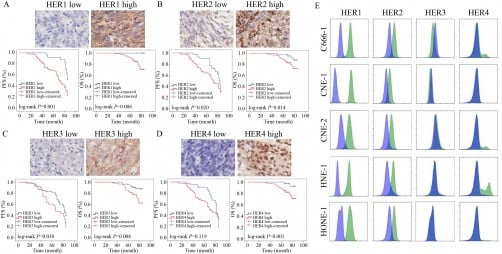Study Reveals Childhood Environment Shapes Risk-Taking Behavior

Research from the College of Human Ecology at Cornell University suggests that childhood experiences significantly influence how individuals approach risk in adulthood. The study, published in the journal Cerebral Cortex, highlights the differences in brain activity among young adults based on their social and economic backgrounds during formative years.
The research, led by Minwoo Lee, a postdoctoral researcher, and co-authored by Marlen Z. Gonzalez, an assistant professor of psychology, examined how varying levels of social support and economic resources shape decision-making regarding risk. The findings indicate that individuals classified as socially rich—those with strong social networks but limited financial resources—exhibit similar risk-taking behaviors to those deemed economically rich, who possess more financial resources but less social support. However, the two groups activate different brain regions when faced with risk.
This study stands out for its approach of analyzing social and economic adversities as distinct factors, rather than lumping them together. According to Lee, the variations in early-life environments provide individuals with different resources and strategies to address life’s challenges, influencing cognitive mechanisms as they mature.
Understanding how these developmental experiences affect adult choices could inform policies aimed at improving support systems for young adults. Lee explained, “Distinct early-life environments may offer you different types of resources, and different strategies, to solve common problems in life.”
Participants in the study included 43 Cornell students, an all-student sample that the researchers consider an asset. This group allowed for a diverse range of experiences while maintaining a common educational environment. Participants engaged in a computerized risk-taking game while their brain activity was monitored through fMRI scans. The game involved inflating virtual balloons for monetary rewards, with variations in risk associated with different balloon types: a risky balloon that could pop at any moment, a safe balloon that guaranteed rewards, and a neutral balloon that yielded neither gains nor losses.
The results indicated no significant differences in overall risk-taking between the socially rich and economically rich groups. However, the study identified increased activity in the supramarginal gyrus—a brain region associated with caution—among participants who were more risk-averse. Interestingly, socially rich participants displayed heightened activity in brain areas related to visual and attention processing when engaging in risk-taking behavior. The amount of activity in these regions correlated with the level of current social support; those with more support tended to take greater risks and earn higher rewards.
Lee emphasized that while both groups share a common neural mechanism for engaging in risky situations, their approaches differ. The study suggests a calibration process that varies based on individuals’ social and economic backgrounds, indicating that while behaviors may align, the underlying neural and contextual factors differ.
The researchers believe that insights into how childhood environments shape developmental pathways could lead to tailored support strategies. Gonzalez stated, “In an ideal world, you’d have a university system that gives the economic and social support that every student needs.” By focusing on enhancing social support for students from socially rich backgrounds who might struggle in a new environment, universities can help level the playing field.
This research sheds light on the importance of understanding individual backgrounds when developing policies and support systems for young adults. It underscores the need for a nuanced approach in addressing the diverse challenges faced by students in higher education.
For further details, refer to the study by Lee et al., titled “Asymmetric access to social vs. economic resources during development calibrates socio-cognitive pathways to risk-taking in emerging adults,” published in Cerebral Cortex in 2025.






